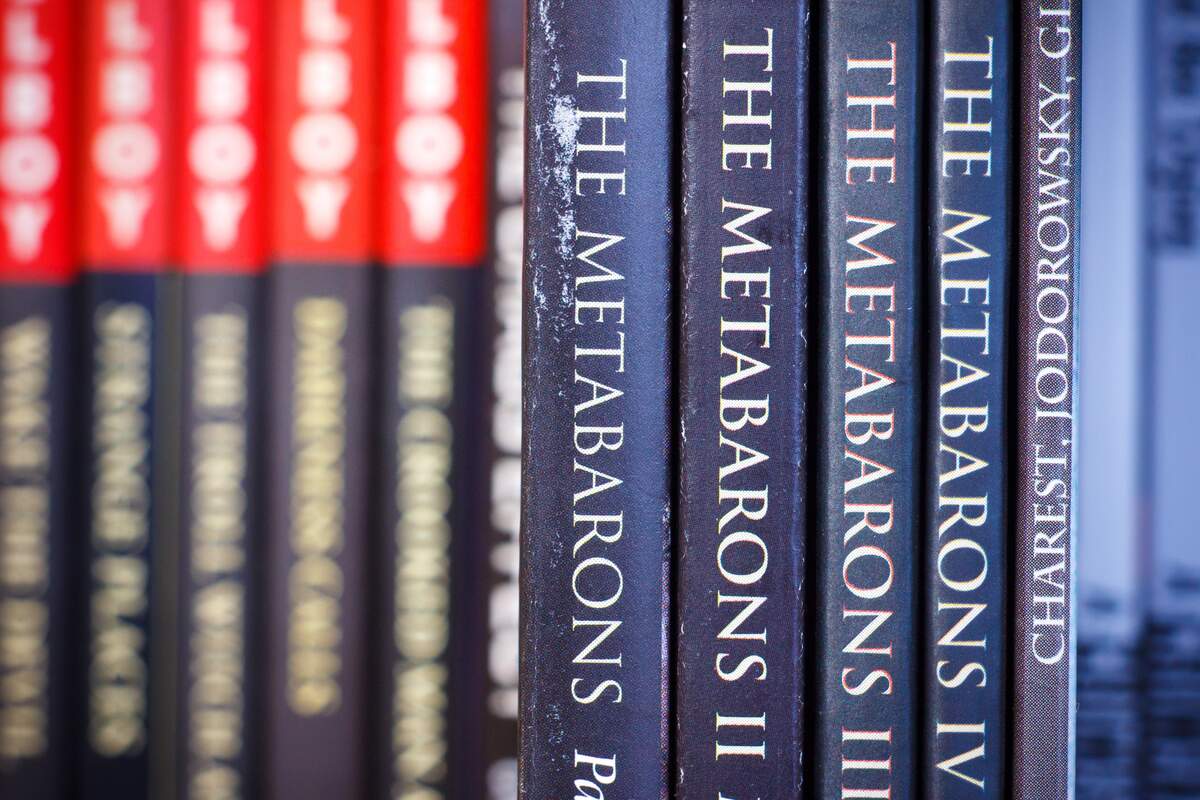

Paperback Book Day
Also known as
National Paperback Book Day
Observed
annually on July 30th
Dates
Hashtags
Sources
https://en.wikipedia.org/wiki/Paperback
https://readable.com/blog/the-history-of-the-paperback/
https://www.austinmacauley.com/blog/fun-ways-celebrate-paperback-book-day
https://www.anrdoezrs.net/links/100298379/type/dlg/https://www.newspapers.com/image/525353705/
https://www.anrdoezrs.net/links/100298379/type/dlg/https://www.newspapers.com/image/707479804/
https://www.sungazette.com/life/lifestyle-news/2022/07/james-v-brown-library-to-recognize-paperback-book-day-2022/
Paperback Book Day encourages people to take part in the joy of reading paperback books. Avid readers participate, but it's also observed with paperback book sales and other events by libraries, bookstores, and other literary organizations. Paperbacks, also called softcover or softback books, have a paperboard or thick paper cover, are often held together with glue—not stitches or staples like hardcover or hardback books are—and have lower quality paper than their hardbound counterpart. Paperback books are cheaper than hardcover books in part for these reasons. Up until the time of paperbacks, most books had not only been expensive, but large and heavy as well. Paperback books gained steam when they were marketed to rail passengers. It was easy for the books to be brought along, they became popular, and have remained so, for their price and portability.
While the first paperback books date to the nineteenth century, in the form of books like yellowbacks and dime novels, July 30, 1935, is heralded as a significant date in the history of paperbacks and is why Paperback Book Day is observed on July 30 each year. On that date, Penguin Books published its first paperback book, Ariel by André Maurois. British publisher Allen Lane published Ariel and nine other books of reprinted titles through Penguin. Lane at first faced reluctance to his paperbacks, but after Woolworths ordered a large amount of the books and they sold extremely well, other retailers followed. Penguin sold over 3 million paperback books in their first year of business.
In 1940, Penguin launched Puffin Books, a kind of paperback picture book for kids. Soon afterward, troops had their own paperbacks too, when Penguin published them through the Forces Book Club. Troops carried them around easily during World War II, because the books fit easily in their uniform pockets, and they became immensely popular. The U.S. Military also distributed around 122 million paperback books called Armed Services Editions. The familiarity of paperback books with the troops led to the rise of paperbacks with the general public following the war.
Simon & Schuster became the first American publisher of paperbacks when they debuted Pocket Books in 1939. Under the direction of Robert de Graff, the first ten Pocket Books were printed in May 1939, with a run of about 10,000 each. They included seven novels, one poetry book, one self-help book, and one mystery novel. Since Pocket Books was initially the only publisher of paperbacks in the United States, "pocket books" became almost synonymous with the name for paperbacks there. Other publishers soon entered: Avon Publications, Dell Books, Bantam Books, and New American Library, followed by Lion Books, Pyramid Books, Fawcett Gold Medal Books, Ace Books, Ballantine Books, and Berkley Books.
By the early 1950s, paperback books were quite popular. Popularity was aided by the invention of the spinner rack and the publishing of newer, best-selling books. Paperbacks were originally reserved for reprints, but in 1950 Fawcett Gold Medal Books started publishing original fiction on a large scale, selling westerns and mysteries for 25 cents. Other publishers followed similarly. Paperbacks were found not only in bookstores, but in newsstands at train stations, airports, hotel lobbies, pharmacies, and street kiosks. They were cheaper not only because of the materials used to make them but because there were so many copies made. Although reading books on phones and e-readers is now common, holding a paperback remains alluring for many, and is especially so today on Paperback Book Day!
How to Observe Paperback Book Day
- Read your favorite paperback book.
- Read a paperback book you've never read before. Try to read it front to back, finishing it by the end of Paperback Book Day!
- Read a paperback from Penguin Books.
- Check for paperback book sales or Paperback Book Day events at libraries, bookstores, and resale shops.
- Gift someone a paperback book.
- Pick up some paperback books from an independent bookstore.





















